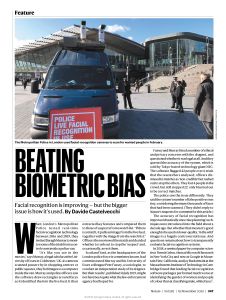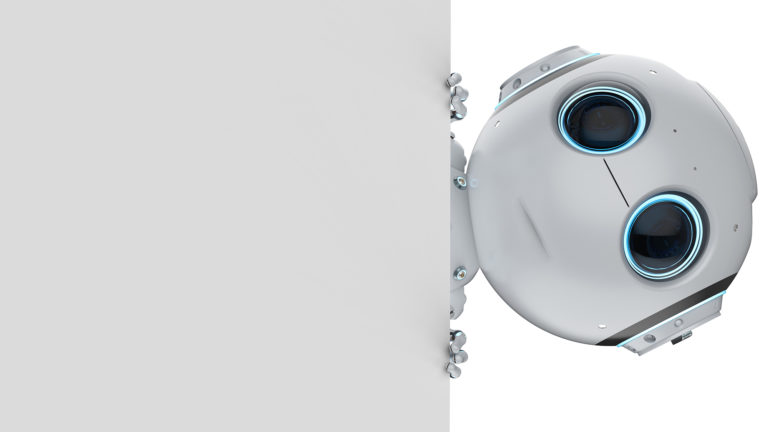
Article
Beating Biometric Bias
The technology is improving – but the bigger issue is how it’s used.
Nature,
2020
References:
Crawford (2019)
Recommendation
In TV crime shows, police agents often secretly use fancy facial-recognition software while hiding in black vans and hunting for their suspects. You might wonder whether the police apply facial-recognition software in real life as well. In this eye-opening article in Nature, you will be surprised by how often this relatively new software intervenes in people’s day-to-day lives. The article will engage you if you want to learn more about how this technology works – and think about the difficult ethical questions its application raises.
Summary
About the Authors
Davide Castelvecchi is a senior reporter at Nature in London. Antoaneta Roussi is a journalist based in Nairobi, Kenya. Richard Van Noorden is a features editor at Nature Research.
By the same authors
Article
Article
In our Journal
Learners who read this summary also read
Book

























Comment on this summary